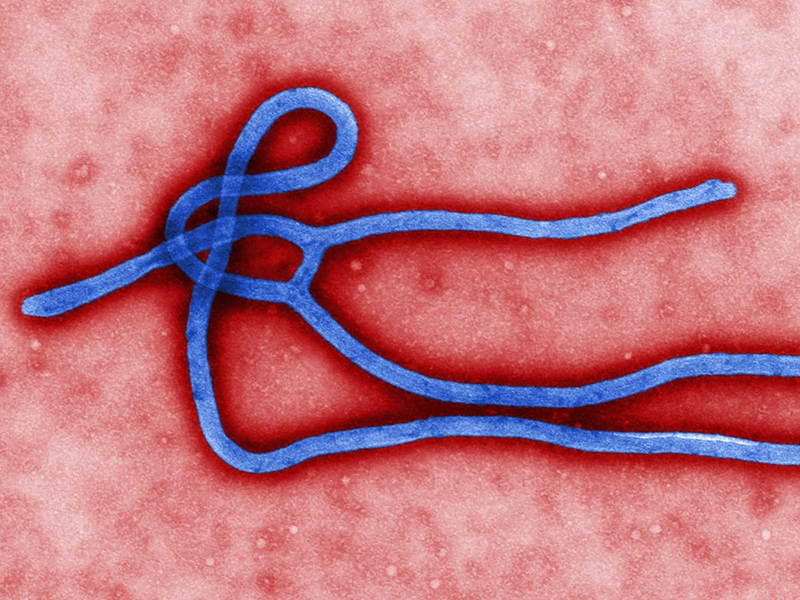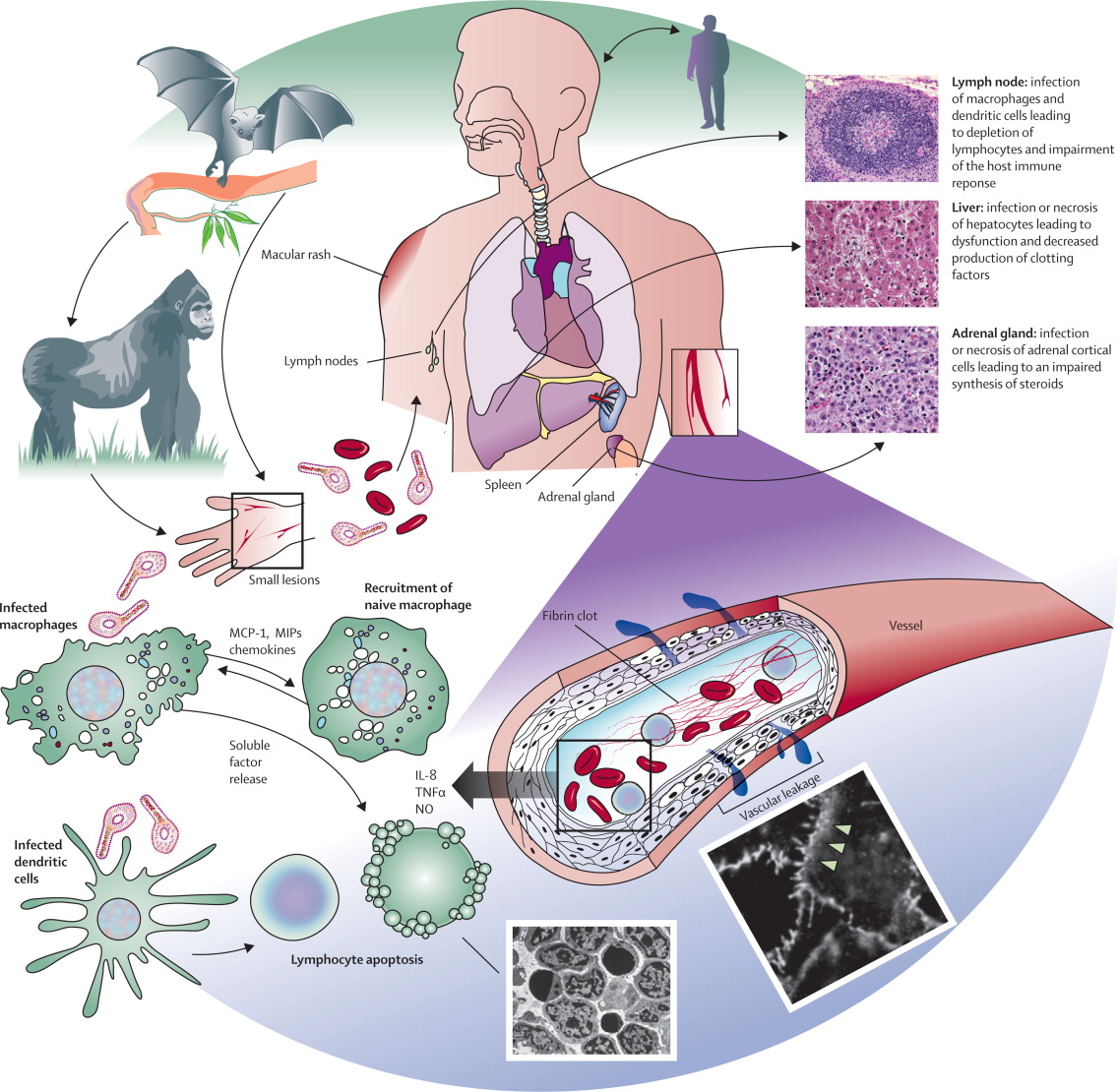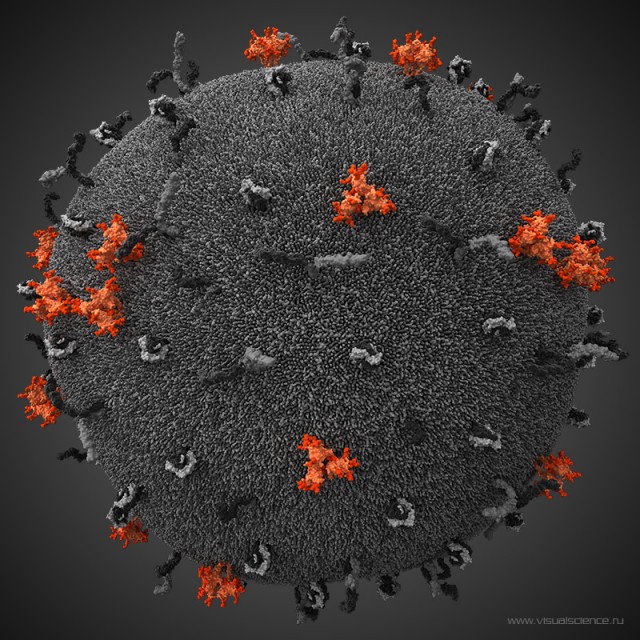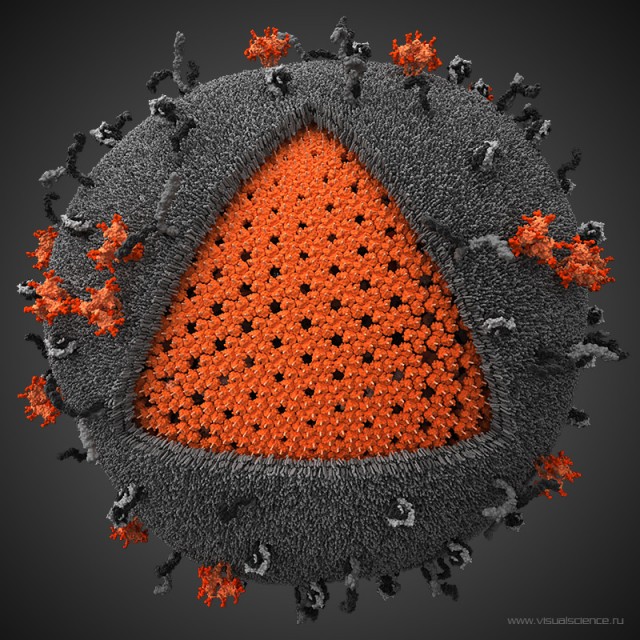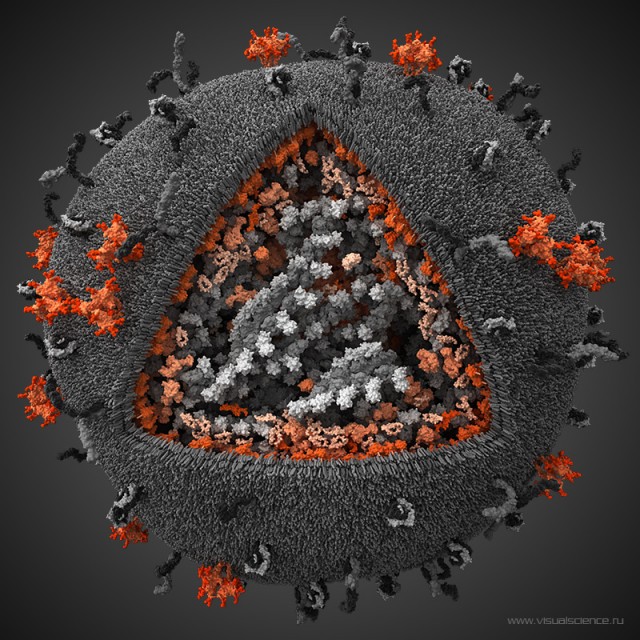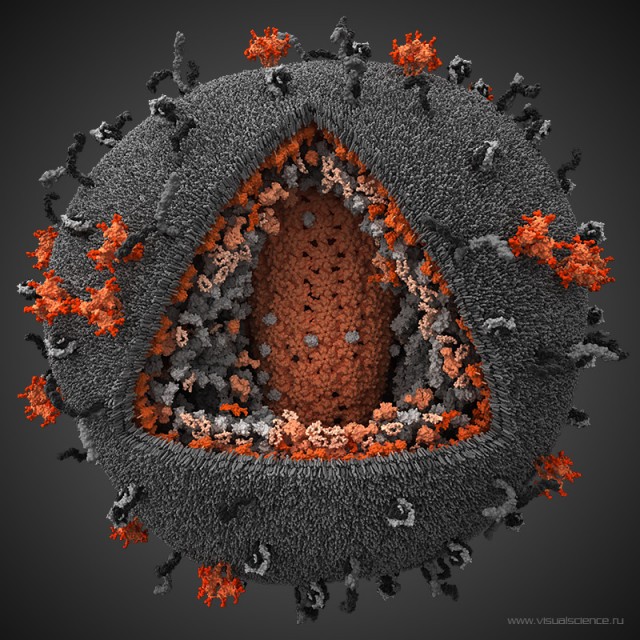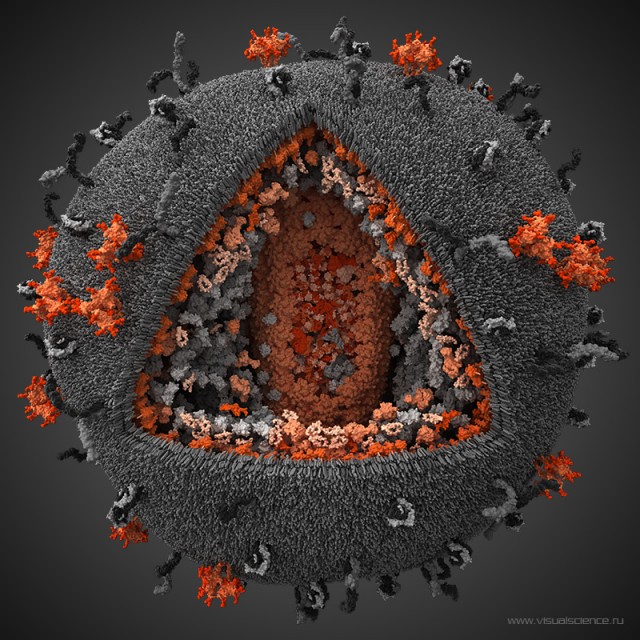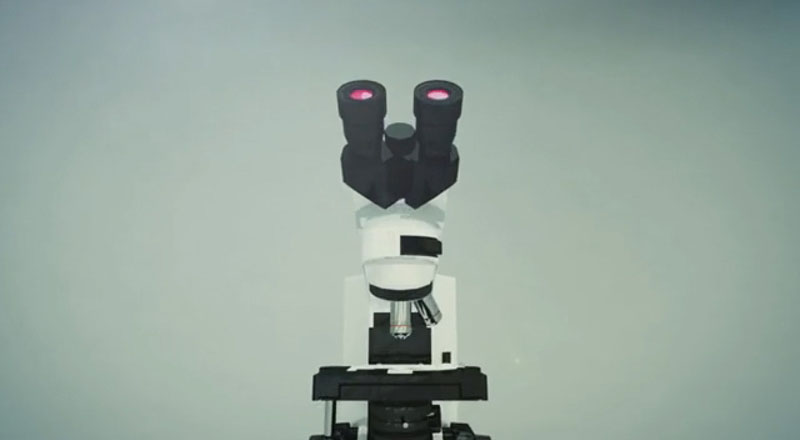I’m sorry to start your Friday off on a somber note, but it appears that the Ebola virus has made its way to the United States (specifically, Dallas), and this has initiated an expected interest and fear in the deadly disease. The CDC claims on their website that the virus poses “no significant risk to the United States.” Well, now Ebola has likely spread to more than one person in the area, so I wanted to take a moment to describe how the Ebola virus works its black magic.
Like many deadly viruses, the genesis of Ebola was caused by humans living in close proximity to bats.
buy stendra online https://www.sanjeevanam.com/products/wp-content/languages/new/stendra.html no prescription
Why bats you may ask? Bats are mammals (like us), and can carry many of the same illnesses. When bats fly around through the air, the body heats up to extreme temperatures. This kills off many bacteria and viruses that may live in the bat blood stream, but some mutate and survive. The Ebola virus was able to adapt to high temperatures in bats, and thus, the human immune system doesn’t usually stand a chance to stop or even slow the robust infection.
Here’s a good video describing this line of thought:
At some point, Ebola made the jump to humans, infecting virtually all cell types, including endothelial cells, macrophages, and parenchymal cells of multiple organs. Viral replication is associated with cell necrosis which leads to blood leaking through the vessels, destruction of the immune system, liver failure, and more.
Most people are visual learners, so take a look at this infographic, which describes the pathogenesis of the Ebola virus in detail:
After an incubation period of ∼7–10 days (range, 3–16 days), the patient abruptly develops fever, severe headache, malaise, muscle pain, nausea, and vomiting. Continued fever is joined by diarrhea (often severe), chest pain (accompanied by cough), weakness, and depressed mental abilities. Millions of virus particles shed in the sweat, vomit, diarrhea, and any other excretions that the sick person is letting out. If anywhere from 1 to 10 particles gets in your system by eating with your hands, rubbing your eyes, etc… you can be the next victim.
I wholeheartedly believe that the United States can prevent Ebola from spreading, but there is one thing that is working against it: the number of uninsured people. Even with Obamacare, approximately 41 million people have no health insurance. What if there’s an infected person out there that foregoes a hospital trip and starts to spread the disease among a poor, underserved community.
buy levitra soft online https://www.sanjeevanam.com/products/wp-content/languages/new/levitra-soft.html no prescription
Thankfully, the virus is not airborne, but any physically contact can lead to infection. So, the major rule of Ebola, is YOU DON’T TOUCH ANYONE! (read that article, it’s awesome!). As long as the virus doesn’t mutate and become airborne, the government should be able to keep it contained.
Don’t live in daily fear of the virus, but I would keep checking the news to keep tabs on how the CDC is (hopefully) preventing an American outbreak.
buy sildenafil avanafil online https://www.sanjeevanam.com/products/wp-content/languages/new/sildenafil-avanafil.html no prescription
-RSB

